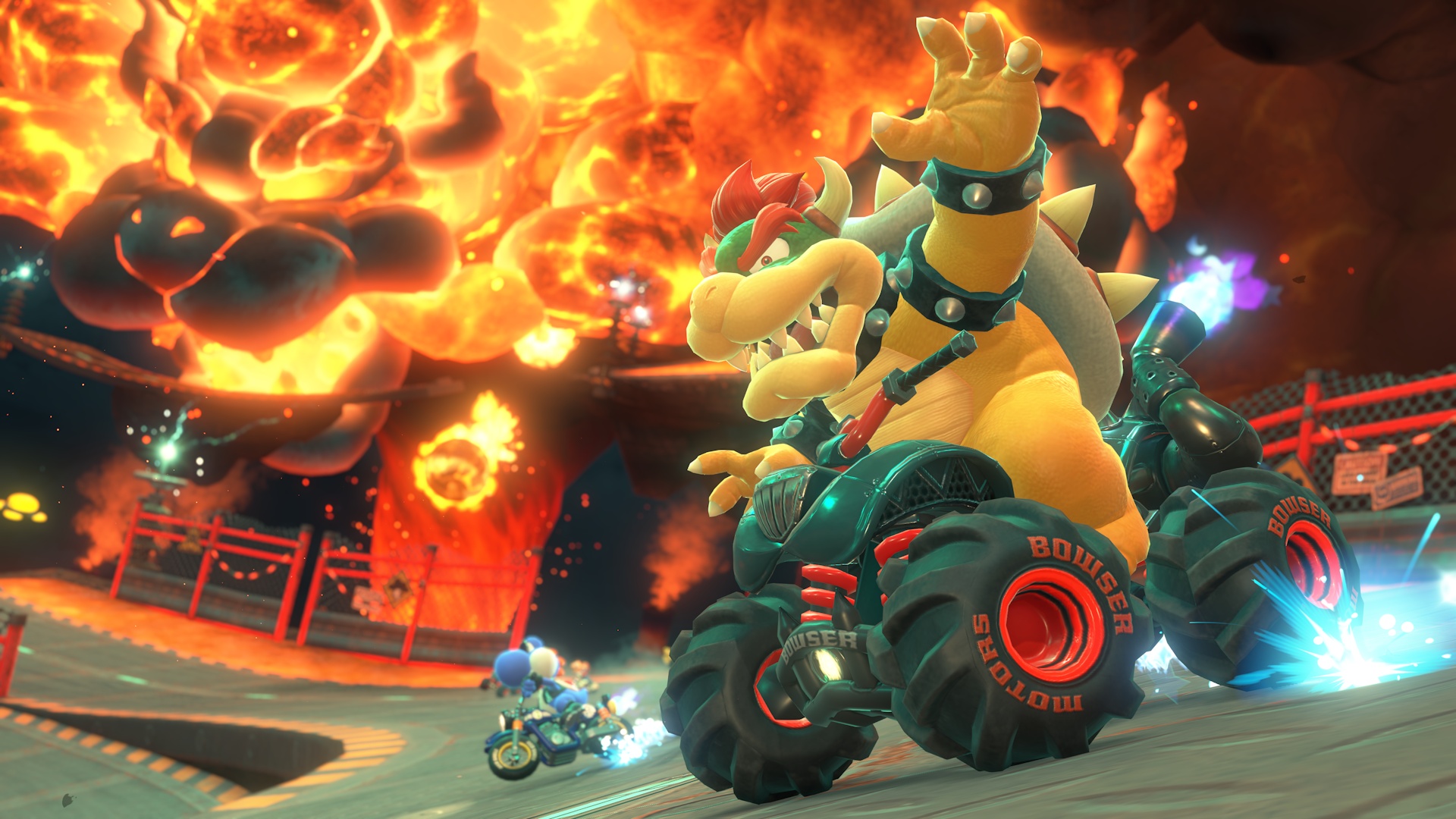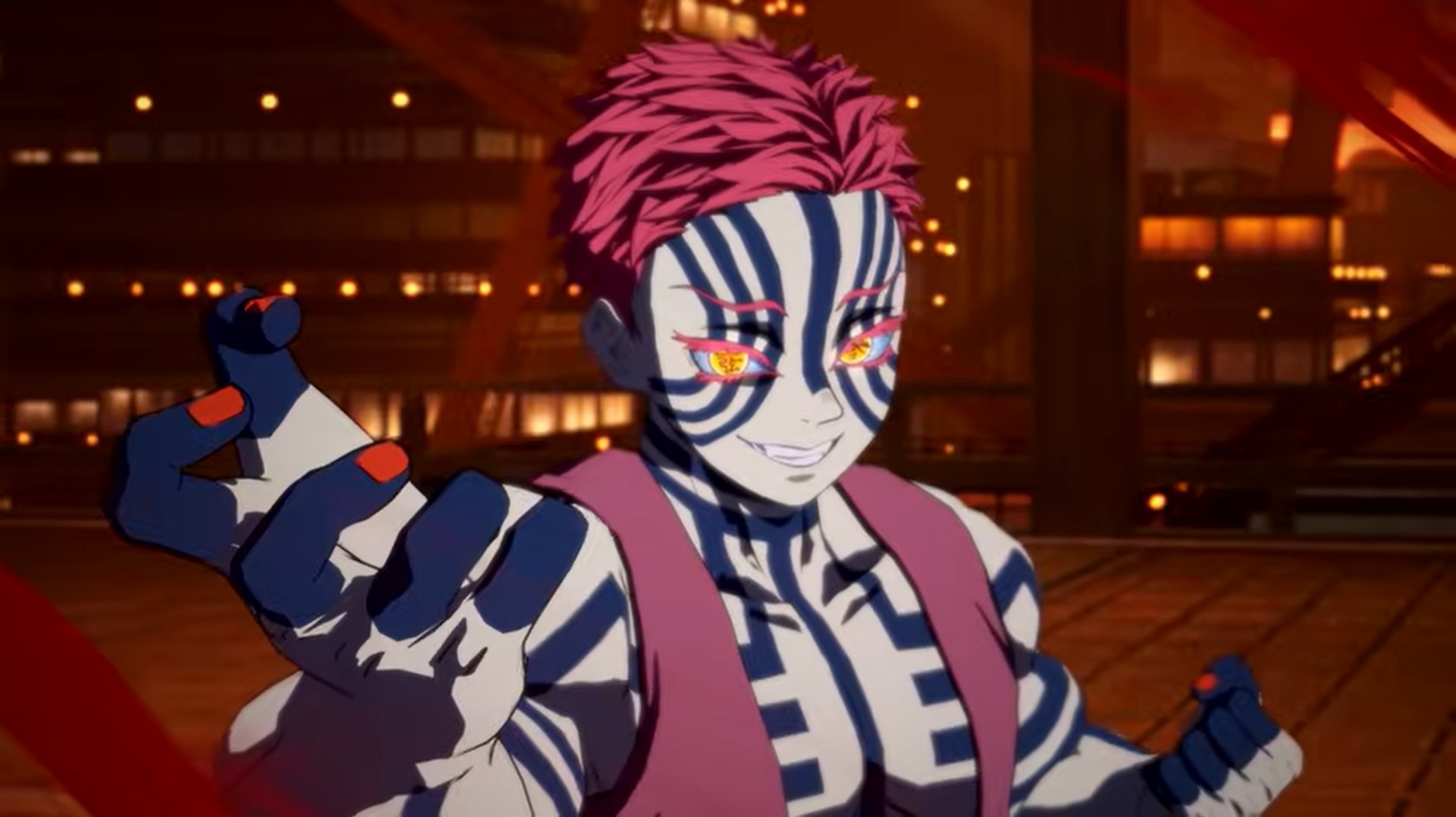Streets of Rage 2: The Untold Story Behind Its Development and Ayano Koshiro's Critical Role
Few games are as revered in the world of retro gaming as Sega's Streets of Rage 2.
Debuting on the Mega Drive (known as Genesis in North America) in 1992, the side-scrolling beat 'em up quickly cemented its legacy as a pinnacle of the genre.
With richly detailed graphics, tight controls, and a legendary soundtrack composed by Yuzo Koshiro, Streets of Rage 2 remains a standout title not only within Sega's impressive portfolio but also in the broader landscape of video game history. The game's enduring reputation owes much to its meticulous design, a collaborative effort by the development studio Ancient, co-founded by Yuzo Koshiro, his mother, and his sister, Ayano Koshiro.
While Yuzo is widely celebrated for his groundbreaking music, the unsung hero behind much of the game's gameplay, art, and planning is Ayano Koshiro.
Her pivotal role as planner and lead graphic designer significantly shaped the game’s iconic look and feel. In an exclusive interview, Ayano Koshiro reflected on her influential work: the Streets of Rage 2 team at Ancient was small, which meant individual contributions were substantial.
Sega supplemented development by sending in-house artists to assist, but many early assets required extensive revisions—a task Ayano handled with passion and precision.
She vividly recalled heated discussions with Sega regarding her ambition to include the boss character Shiva in the Versus mode.
Despite pouring immense energy into developing Shiva's sprite, deadlines made it impossible to realize this vision, a situation she described as deeply frustrating at the time. Ayano shared, "Because our team was modest in size, everyone wore many hats.
When Sega supplied additional artists, I felt strongly about preserving the game's visual consistency.
I would often revise or replace graphics so that everything matched our standards.
Decisions about enemy behavior, boss layout, and pacing were made based on what I thought would create the best experience for players.
Nobody set strict guidelines—I simply tried to do what made sense." The inspiration from other genre-defining titles was also a driving force in development, as Ayano and Yuzo Koshiro famously installed a Street Fighter II arcade cabinet in the Ancient office.
This directly influenced the combat mechanics and character dynamics that made Streets of Rage 2 such a standout entry. Yet, in a twist that surprised fans and even the Koshiro family, only Yuzo was brought back for the third installment, Streets of Rage 3—tasked solely with the soundtrack in partnership with Motohiro Kawashima.
Ayano was not invited to participate.
"Ultimately, it was Sega’s decision to handle Streets of Rage 3 internally rather than through us at Ancient, and we weren’t offered the project," she explained.
The change in development led to mixed reactions: while Streets of Rage 3 was praised upon release, critics and fans alike have since felt it lacked the tight design and distinctive rhythm of its predecessor. Ayano described her reaction to the third game as measured yet honest, noting, "Many players found Streets of Rage 3 a bit shallow.
It’s not a bad game, but it didn’t stand out in the same way.
The gameplay felt consistent from start to finish, without the pacing and variety that we worked hard to achieve in Streets of Rage 2." Today, both games remain accessible to new generations of gamers through platforms like the Mega Drive Mini II.
Streets of Rage 2’s enduring acclaim is a testament to Sega and Ancient’s collaborative genius—and to Ayano Koshiro’s essential, if sometimes overlooked, contributions to gaming history.
Debuting on the Mega Drive (known as Genesis in North America) in 1992, the side-scrolling beat 'em up quickly cemented its legacy as a pinnacle of the genre.
With richly detailed graphics, tight controls, and a legendary soundtrack composed by Yuzo Koshiro, Streets of Rage 2 remains a standout title not only within Sega's impressive portfolio but also in the broader landscape of video game history. The game's enduring reputation owes much to its meticulous design, a collaborative effort by the development studio Ancient, co-founded by Yuzo Koshiro, his mother, and his sister, Ayano Koshiro.
While Yuzo is widely celebrated for his groundbreaking music, the unsung hero behind much of the game's gameplay, art, and planning is Ayano Koshiro.
Her pivotal role as planner and lead graphic designer significantly shaped the game’s iconic look and feel. In an exclusive interview, Ayano Koshiro reflected on her influential work: the Streets of Rage 2 team at Ancient was small, which meant individual contributions were substantial.
Sega supplemented development by sending in-house artists to assist, but many early assets required extensive revisions—a task Ayano handled with passion and precision.
She vividly recalled heated discussions with Sega regarding her ambition to include the boss character Shiva in the Versus mode.
Despite pouring immense energy into developing Shiva's sprite, deadlines made it impossible to realize this vision, a situation she described as deeply frustrating at the time. Ayano shared, "Because our team was modest in size, everyone wore many hats.
When Sega supplied additional artists, I felt strongly about preserving the game's visual consistency.
I would often revise or replace graphics so that everything matched our standards.
Decisions about enemy behavior, boss layout, and pacing were made based on what I thought would create the best experience for players.
Nobody set strict guidelines—I simply tried to do what made sense." The inspiration from other genre-defining titles was also a driving force in development, as Ayano and Yuzo Koshiro famously installed a Street Fighter II arcade cabinet in the Ancient office.
This directly influenced the combat mechanics and character dynamics that made Streets of Rage 2 such a standout entry. Yet, in a twist that surprised fans and even the Koshiro family, only Yuzo was brought back for the third installment, Streets of Rage 3—tasked solely with the soundtrack in partnership with Motohiro Kawashima.
Ayano was not invited to participate.
"Ultimately, it was Sega’s decision to handle Streets of Rage 3 internally rather than through us at Ancient, and we weren’t offered the project," she explained.
The change in development led to mixed reactions: while Streets of Rage 3 was praised upon release, critics and fans alike have since felt it lacked the tight design and distinctive rhythm of its predecessor. Ayano described her reaction to the third game as measured yet honest, noting, "Many players found Streets of Rage 3 a bit shallow.
It’s not a bad game, but it didn’t stand out in the same way.
The gameplay felt consistent from start to finish, without the pacing and variety that we worked hard to achieve in Streets of Rage 2." Today, both games remain accessible to new generations of gamers through platforms like the Mega Drive Mini II.
Streets of Rage 2’s enduring acclaim is a testament to Sega and Ancient’s collaborative genius—and to Ayano Koshiro’s essential, if sometimes overlooked, contributions to gaming history.






